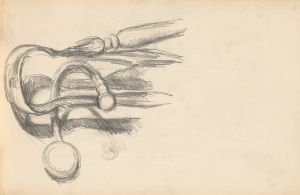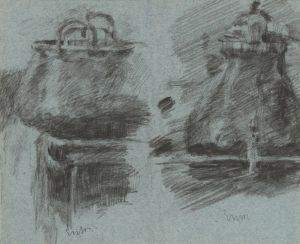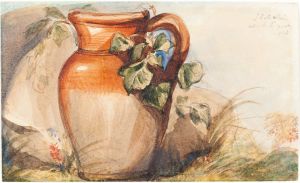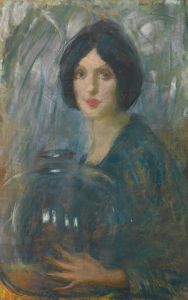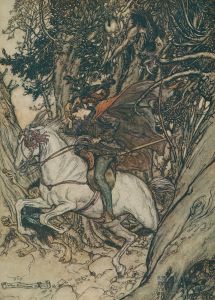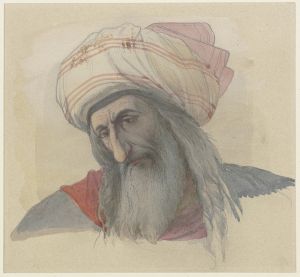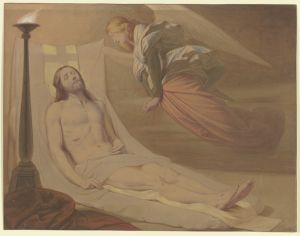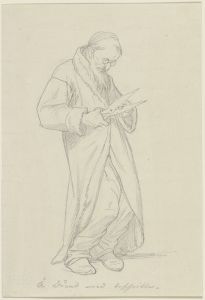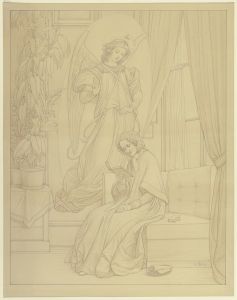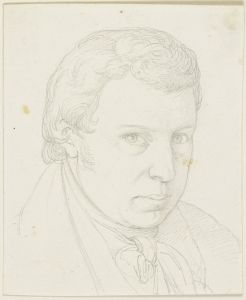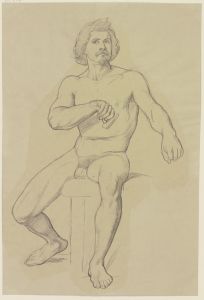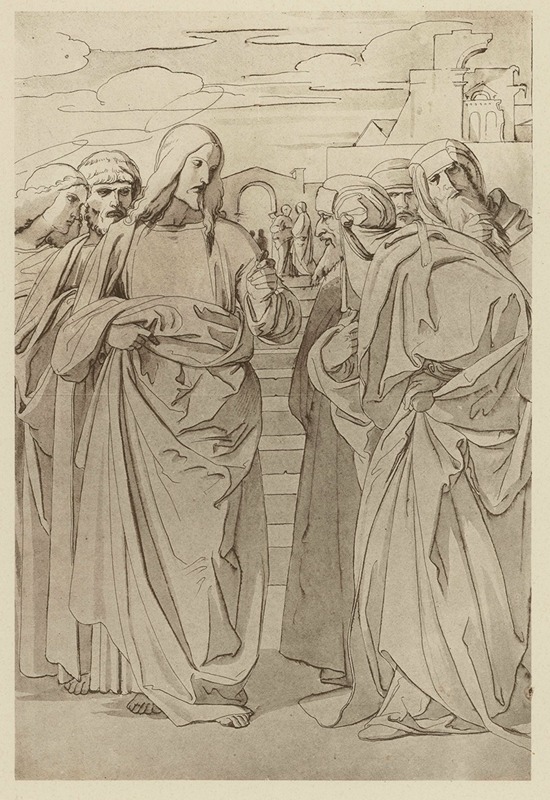
Der Zinsgroschen
A hand-painted replica of Eduard von Steinle’s masterpiece Der Zinsgroschen, meticulously crafted by professional artists to capture the true essence of the original. Each piece is created with museum-quality canvas and rare mineral pigments, carefully painted by experienced artists with delicate brushstrokes and rich, layered colors to perfectly recreate the texture of the original artwork. Unlike machine-printed reproductions, this hand-painted version brings the painting to life, infused with the artist’s emotions and skill in every stroke. Whether for personal collection or home decoration, it instantly elevates the artistic atmosphere of any space.
Eduard von Steinle was a prominent 19th-century German painter, known for his contributions to the Nazarene movement, which sought to revive the spirituality and style of medieval and early Renaissance art. One of his notable works is "Der Zinsgroschen" (The Tribute Money), which reflects his deep engagement with religious themes and his commitment to the Nazarene ideals.
"Der Zinsgroschen" is a painting that depicts a scene from the New Testament, specifically from the Gospel of Matthew 22:15-22. In this biblical passage, the Pharisees attempt to trap Jesus with a question about paying taxes to the Roman Emperor. They ask Him whether it is lawful to pay taxes to Caesar, hoping to catch Him in a political or religious misstep. Jesus, perceiving their malice, asks them to show Him the coin used for the tax. When they present a denarius, He inquires whose likeness and inscription are on it. Upon their reply that it is Caesar's, Jesus delivers His famous response: "Render therefore unto Caesar the things which are Caesar's; and unto God the things that are God's."
Steinle's painting captures the moment of this profound teaching. The composition is carefully arranged to highlight the central figure of Jesus, who is depicted with a serene and authoritative demeanor. The surrounding figures, including the Pharisees and onlookers, are portrayed with expressions of curiosity, skepticism, and contemplation, reflecting the varied reactions to Jesus' words. Steinle's attention to detail and his ability to convey complex emotions through facial expressions and body language are evident in this work.
The painting is characterized by its use of rich colors and meticulous attention to detail, hallmarks of Steinle's style. The artist's background in the Nazarene movement is evident in the painting's spiritual intensity and its emphasis on narrative clarity. Steinle's work often sought to convey moral and religious messages, and "Der Zinsgroschen" is no exception, as it invites viewers to reflect on the relationship between earthly authority and divine obligation.
Eduard von Steinle was part of a broader artistic movement that sought to counter the secularism and materialism of the 19th century by returning to the spiritual and artistic values of earlier periods. The Nazarenes, with whom Steinle was associated, were known for their communal lifestyle and their dedication to religious art. They believed that art should serve a higher purpose and sought to create works that were both beautiful and spiritually uplifting.
"Der Zinsgroschen" exemplifies Steinle's commitment to these ideals. It is not only a depiction of a biblical story but also a meditation on the nature of authority and the responsibilities of individuals to both their earthly rulers and their spiritual beliefs. Through his art, Steinle invites viewers to engage with these timeless questions, encouraging a deeper understanding of the moral and spiritual dimensions of life.
In summary, Eduard von Steinle's "Der Zinsgroschen" is a significant work that reflects the artist's dedication to religious themes and his mastery of narrative painting. It stands as a testament to the enduring power of biblical stories to inspire reflection and dialogue on the fundamental issues of human existence.





